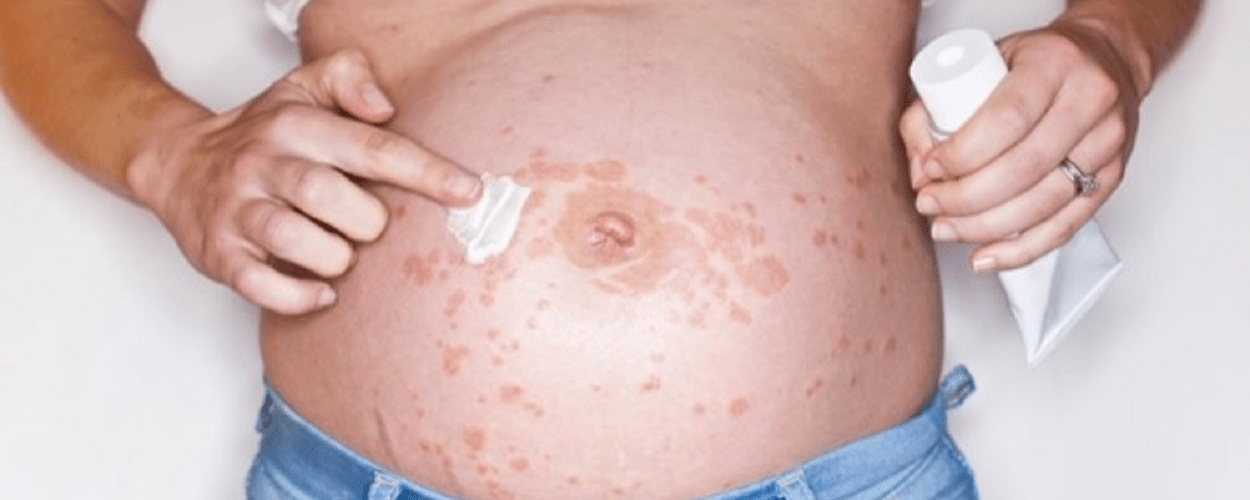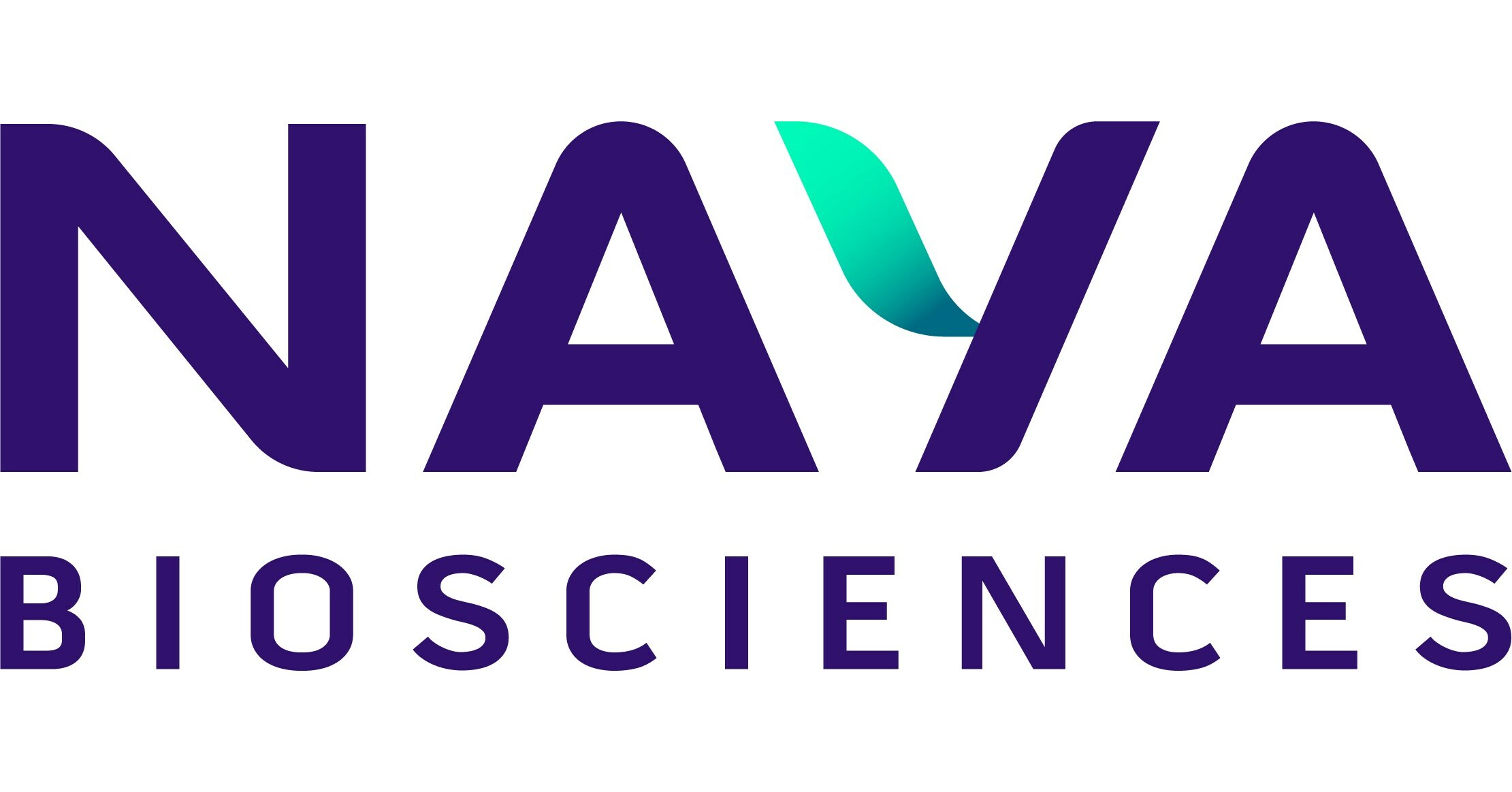"PUPPP Rash: Understanding and Finding Relief for PUPPP"
Pregnancy in the modern day is not that simple. We are sure that many of you will agree that the changes in our way of living have resulted in a great deal of new pregnancy-related issues. Most pregnant women now go through a condition PUPPP Rash (pruritic urticarial papules and plaques). When a woman is pregnant, a patch of itchy, hive-like pimples known as a PUPPP rash develops in the stretch marks on her belly and spreads to other parts of her body. It is claimed that while sometimes irritating, it poses no risk to the mother or the unborn child. Once the baby is delivered the rash on the belly and other parts begins to gradually fade or lighten.
Why and how does PUPPP Rash appear?
The exact cause of PUPPP Rash appearing in pregnant women is still not clear however according to one of the most popular hypotheses, the PUPPP rash appears in places where the skin is stretched, such as the abdomen, which is a part of the body that expands significantly during pregnancy.
- As per the study and experts, the rash can also appear when a pregnant woman’s skin has increased vascularity and damaged collagen, which can lead to an inflammatory immune reaction and the PUPPP rash.
- Not only that, but in 90% of cases the rash only appears in the stretch marks’ damaged connective tissue areas.
- The cause of rash can also be Hormonal changes during the pregnancy. The release of different hormones and continuous changes contribute to the development of the PUPPP Rash at times.
- Lastly, fetal DNA may also act as a catalyst for the onset of PUPPP. Some concepts suggest PUPPP may be related to peripheral fetal DNA deposition (mainly of male fetuses) on the mother’s skin, which occurs primarily during the third trimester.
How is PUPPP Rash diagnosed?
Throughout the pregnancy and thereafter, the PUPPP Rash is diagnosed at routine check-ups. It is mostly based on a thorough physical examination of the complete body to evaluate the degree of skin irritability and study the patient’s medical background. In addition to this, routine blood tests are performed within the usual ranges to make sure nothing is reacting. In order to rule out other skin disorders (such as pemphigoid gestationis, and an infection from herpes during pregnancy), extra targeted tests can be done, such as serum analysis or skin biopsies. The final diagnosis usually rests on exclusion.
Are there any remedies to get rid of PUPPP rash?
Remember the fact that every body type is unique, every pregnancy has different changes, and every person has a different nine-month experience. Therefore, never assume that your rash is the same as someone else’s and that you can treat it the same way they have treated it. Be careful to speak with your doctor and schedule any necessary testing before using any kind of product. This is also applicable after giving birth during regular checkups. Additionally, make sure you use natural products and scrutinize the ingredients list.
In addition, home treatments are the most effective for getting fantastic outcomes, as is always said. Even though these results come slowly, nothing will be harmed by them.
Here are a few natural treatments for PUPPP rash:
- Taking oatmeal showers
- Taking cold showers or soakings.
- Apply a moisturizer with no aroma.
- wearing lightweight cotton clothing.
- On your lumps and rashes, apply cold compresses.
Important facts and points to know about PUPPP Rash
Itchy rash known as the pruritic urticarial papules and plaques first starts as a small, red, and swollen papule and occurs close to stretch marks, particularly by the belly button. Within a few days, the rash may extend to the trunk and limbs. However, it has been stated that regardless of where it spreads, neither women nor fetuses are in danger. Additionally, the rash normally causes little discomfort and does not blister. Therefore, new mothers and mothers-to-be need not worry about these signs or their transition to motherhood. Just in case you experience a lot of itching or other issues, be sure to see your doctor right away and take the measures they advise.
Helpful PUPPP FAQs
-
What is PUPPP caused by?
According to research and hypotheses, quick, excessive weight gain or multiple gestational pregnancies, such as twins, is typically one of the causes for the development of PUPPP. As a result of the skin’s rapid stretching and the ensuing injury to the connective tissue, urticarial or hive-like lesions develop.
-
How long does PUPPP last during pregnancy?
There is no post-inflammatory pigment change or skin scarring when PUPPP resolves, which normally takes an average of 4 weeks either spontaneously or with delivery. With successive pregnancies, the rash is less likely to happen again.
-
How do you stop PUPPP from spreading?
PUPPP rash cannot be prevented, but you can manage your symptoms until they go away on their own. Ask your doctor for advice on safe ways to control your itching until your rash goes away.
-
Is PUPPP rash harmful to the baby?
After delivery, a PUPPP rash fades within 3 to 4 weeks. You generally don’t need medical attention because the disease doesn’t harm you or your unborn child. However, the majority of people require relief from the severe itching.
-
What should I eat if I have PUPPP?
Red meat, barbecue, durians, dairy, and other pro-inflammatory foods that exacerbate skin inflammation should be avoided. Rather, eat more vegetables.
-
Why is PUPPP so itchy?
Unlike the majority of other pregnant symptoms, PUPPP doesn’t seem to be brought on by higher hormone levels. According to one concept, the mother’s skin is invaded by fetal cells when she is pregnant, leading to the development of an itchy tummy. According to a different notion, PUPPP is inherited and can be traced back to the father’s side.
-
How fast does PUPPP spread?
PUPPP often appears close to stretch marks, particularly by the belly button, and can quickly extend to the trunk and limbs.
-
What makes PUPPP rash worse?
Although scratching doesn’t spread PUPPP, it can exacerbate itching. So, try to avoid scratching. Instead, talk to your doctor about safe ways to ease the itching, like home remedies, lotions, and corticosteroids.
-
What treatments are available for PUPPP?
In most cases, the PUPPP rash goes away one to two weeks after giving birth. However, after having a delivery, some women can discover that the rash lasts for a few weeks. You can manage your symptoms in the meantime with the help of moisturizers, antihistamines, and natural remedies such as oatmeal baths, cool baths or showers, wearing lightweight, cotton clothes, and more. However, it is always recommended to consult with your doctor before applying anything.











